Have you ever wondered which countries embrace plant-based eating and which ones still love their meat? Around the world, food traditions vary dramatically based on culture, religion, and geography. Some nations have centuries-old vegetarian practices, while others celebrate meat as the centerpiece of every meal. Let’s explore the global landscape of eating habits!
1. India
Spices fill the air in Indian kitchens where vegetarianism isn’t just a diet—it’s a way of life. With nearly 40% of the population following meat-free diets, plant-based eating is woven into the cultural fabric through Hindu and Jain religious practices.
From creamy dal (lentil curry) to savory samosas and crispy dosas, vegetarian options dominate street food stalls and family dinner tables alike. Most restaurants clearly mark vegetarian items, often with green dots, making navigation easy for plant-based eaters.
In southern states like Kerala and Tamil Nadu, coconut-based curries with vegetables reign supreme, while northern regions favor chickpea curries and stuffed flatbreads. Even McDonald’s in India serves veggie burgers instead of beef!
2. Israel
Tel Aviv shimmers as the crown jewel of the global vegan movement. This Mediterranean city boasts over 400 vegan-friendly restaurants in a relatively small area, earning its nickname as the ‘vegan capital of the world.’
Israeli cuisine naturally celebrates plants through staples like hummus, falafel, and tahini. The traditional Israeli breakfast features fresh vegetables, herbs, and olive oil rather than meat-centered dishes.
Military accommodations for vegan soldiers (including leather-free boots!) showcase how deeply plant-based living has permeated the culture. Annual vegan festivals draw thousands, while innovative food tech companies develop plant-based alternatives that are exported globally.
3. Thailand
Monks in orange robes collect morning alms while markets burst with tropical fruits and vegetables—Thailand’s Buddhist foundations create natural space for plant-based eating. The concept of ‘jay’ food (vegan food prepared according to Buddhist principles) means even meat-heavy festivals like the Vegetarian Festival in Phuket showcase spectacular plant-based dishes.
Street vendors throughout Bangkok and Chiang Mai offer tofu versions of pad thai, green curry, and tom yum soup. Many Thais practice periodic vegetarianism during specific lunar calendar days or religious observances.
Fresh ingredients like lemongrass, galangal, and holy basil create complex flavors that make meat unnecessary. Even fish sauce can be replaced with soy-based alternatives in most dishes!
4. Italy
Nonna’s kitchen celebrates vegetables in ways that might surprise you! While Italian cuisine conjures images of prosciutto and cheese, traditional Mediterranean eating patterns place plants at the foundation of daily meals.
Tuscany’s peasant cuisine transforms beans, bread, and vegetables into hearty ribollita soup. Sicily’s caponata features eggplant in all its glory. Pasta primavera bursts with seasonal vegetables, while bruschetta showcases the simple perfection of tomatoes and basil.
The ‘cucina povera’ (poor kitchen) tradition emerged from economic necessity but created ingenious plant-forward dishes that have endured for centuries. Regional specialties like pasta e fagioli (pasta and beans) demonstrate how Italians elevate humble plant ingredients to culinary masterpieces.
5. Taiwan
Temples serve as culinary classrooms where ancient Buddhist vegetarian traditions meet modern food technology. Taiwan boasts over 6,000 vegetarian restaurants—an astonishing number for its size—serving everything from simple tofu dishes to elaborate mock meat feasts.
The concept of ‘suō shí’ (buffet-style vegetarian restaurants) makes plant-based eating affordable and accessible. Taiwanese Buddhist vegetarian cooking transforms mushrooms, soybeans, and wheat gluten into remarkably realistic meat substitutes through centuries-old techniques.
Night markets offer plant-based versions of classics like stinky tofu and bubble tea. Even convenience stores stock vegetarian bento boxes and onigiri, reflecting how mainstream meat-free eating has become on this island nation where approximately 13% of people follow vegetarian diets.
1. Argentina
Smoke rises from parrillas (grills) across Argentina as families gather for Sunday asado—a sacred ritual celebrating beef in all its glory. The average Argentine consumes nearly 50kg of beef annually, nearly double the global average!
Gauchos (cowboys) established beef as the national treasure, with specific cuts like bife de chorizo and vacio prepared with nothing but salt and fire. Steakhouses called parrillas anchor neighborhoods, serving meat with minimal sides—perhaps a simple chimichurri sauce and small salad.
Plant-based options remain scarce outside major cities like Buenos Aires. The cultural identity is so intertwined with cattle raising and beef consumption that vegetarianism can be viewed as rejection of Argentine heritage. However, younger generations are slowly introducing more plant-forward options.
2. Brazil
Rodizio restaurants showcase Brazil’s meat-loving soul, where servers circulate with skewers of different grilled meats until diners surrender by flipping their table cards to red. This all-you-can-eat meat experience originated with the gaucho tradition in southern Brazil.
Feijoada, the national dish, combines black beans with multiple pork parts—from ears to tails—creating a hearty stew enjoyed nationwide on Wednesdays and Saturdays. Even street food celebrates meat through options like coxinha (chicken croquettes) and pastéis filled with ground beef.
The Amazon region adds unique proteins like river fish and wild game to the mix. While major cities like São Paulo now offer vegan restaurants, the interior regions remain firmly committed to meat-centric meals, with vegetarianism often viewed as impractical or undesirable.
3. United States
Sizzling backyard grills and drive-thru windows tell the story of America’s enduring love affair with meat. Despite plant-based progress in coastal cities, the heartland remains dedicated to burgers, barbecue, and bacon—with the average American consuming over 100kg of meat annually.
Regional barbecue traditions—from Texas brisket to Carolina pulled pork—serve as cultural touchstones. Thanksgiving centers around turkey, while summer holidays celebrate hot dogs and hamburgers as patriotic symbols.
The contradiction lies in America simultaneously leading plant-based innovation through companies like Beyond Meat and Impossible Foods. Urban centers like Portland and New York offer sophisticated vegan dining, while rural communities maintain meat-centric food traditions with limited plant-based options available or desired.
4. Germany
Sausage stands punctuate German streets, offering over 1,500 varieties of wurst that define regional identities from Bavaria to Berlin. Traditional German meals follow the ‘meat and two veg’ structure, with pork schnitzel, sauerbraten (pot roast), and rouladen (beef rolls) featuring prominently in home cooking.
Beer halls serve hearty plates where meat takes center stage—think pork knuckle (schweinshaxe) alongside sauerkraut and potatoes. The average German consumes around 60kg of meat yearly, though this number has been slowly declining.
Berlin represents the contradiction as Germany’s vegan capital, with over 600 plant-based restaurants reflecting changing attitudes among younger Germans. Supermarkets now stock impressive arrays of plant-based alternatives, signaling a gradual shift even as traditional meat culture remains firmly entrenched in smaller towns and rural areas.
5. South Korea
Sizzling samgyeopsal (pork belly) grills built into restaurant tables exemplify Korea’s communal meat culture. The Korean barbecue experience—where diners cook their own meat and wrap it in lettuce leaves with condiments—represents social bonding through shared meat consumption.
Soups and stews like galbitang (beef rib soup) and gamjatang (pork spine soup) feature prominently in everyday eating. While banchan (side dishes) include vegetable options like kimchi and namul (seasoned vegetables), most contain fish sauce or other animal products.
Buddhist temple cuisine offers the notable exception, with complex, meat-free dishes prepared by monks. Seoul now hosts growing numbers of vegan restaurants catering to younger Koreans, though older generations often view meat-eating as essential for proper nutrition and social status.
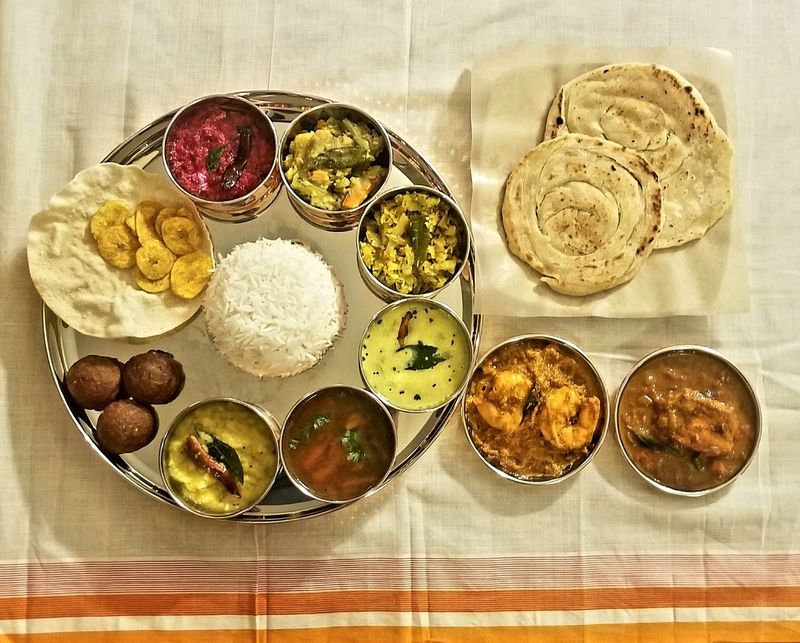
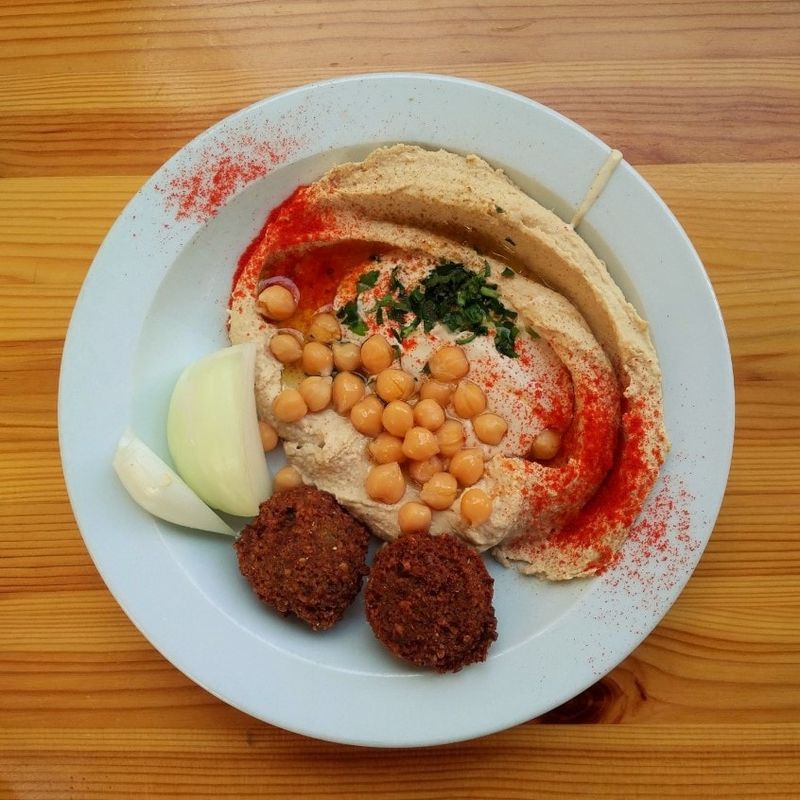
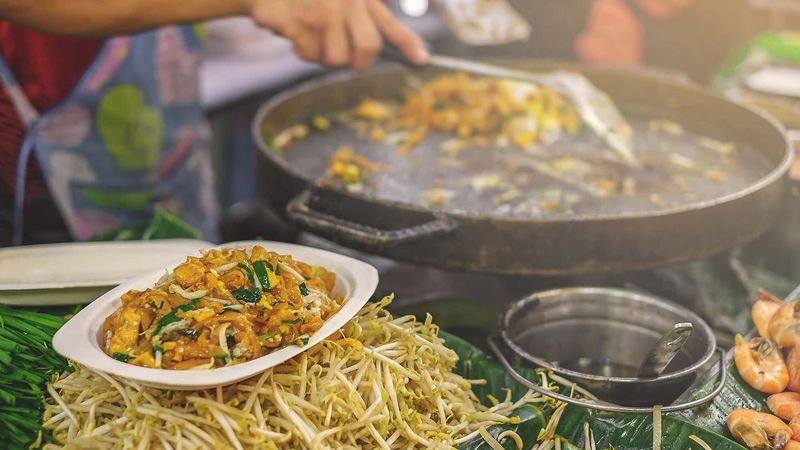

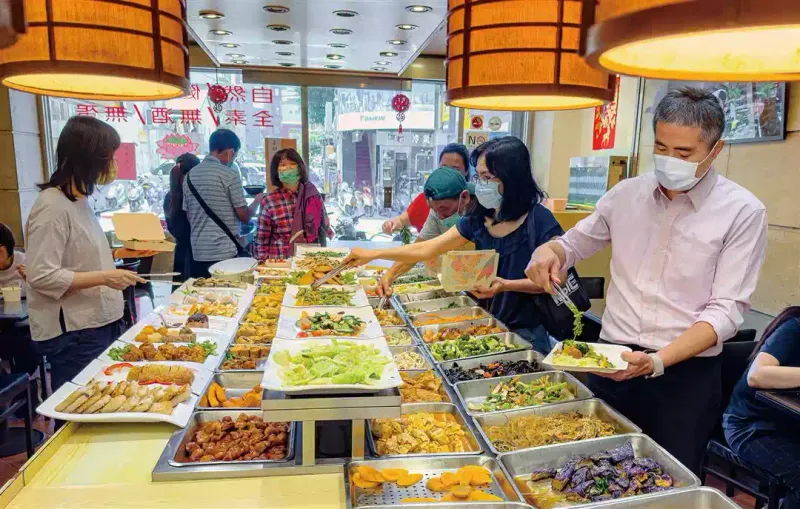
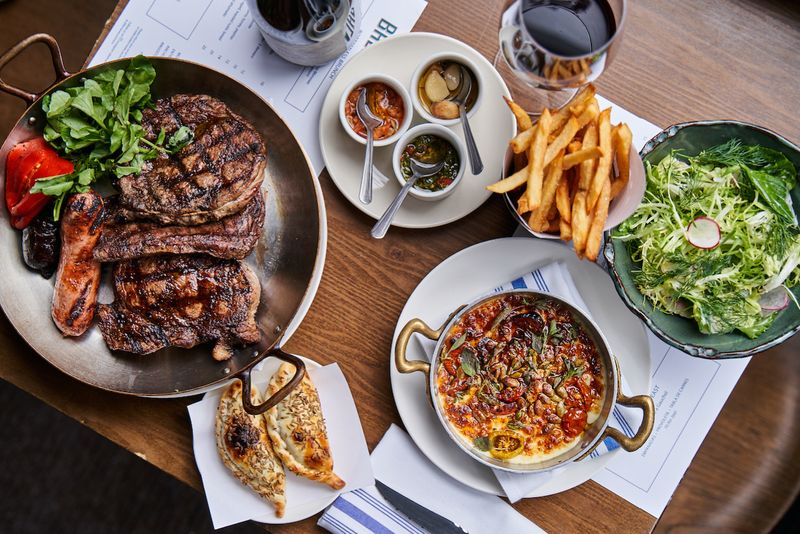
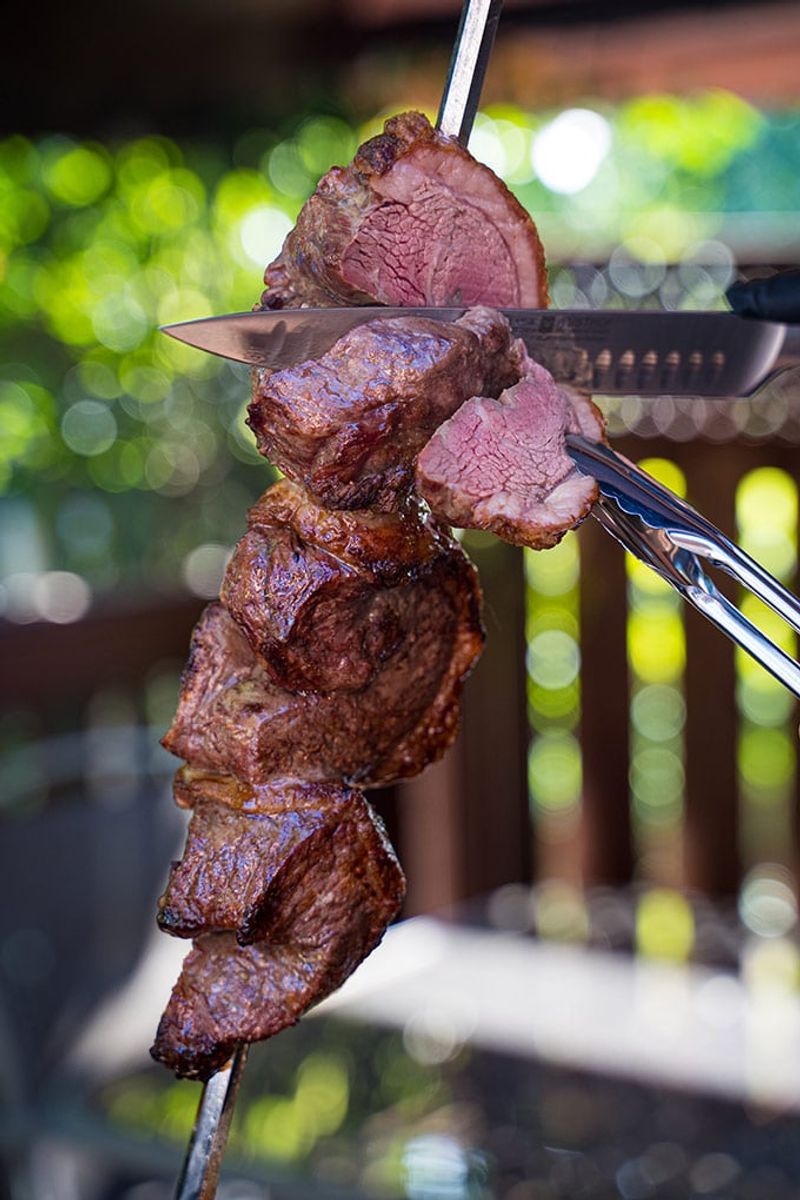
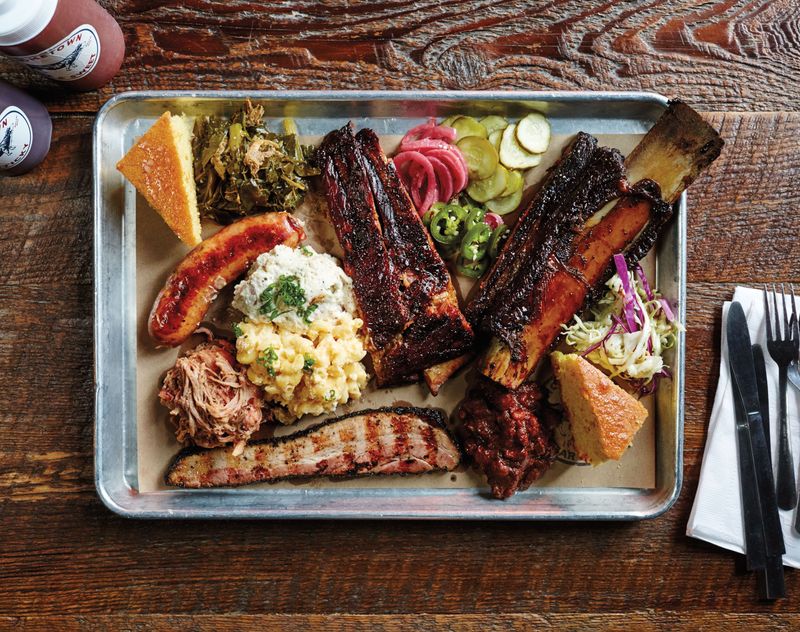

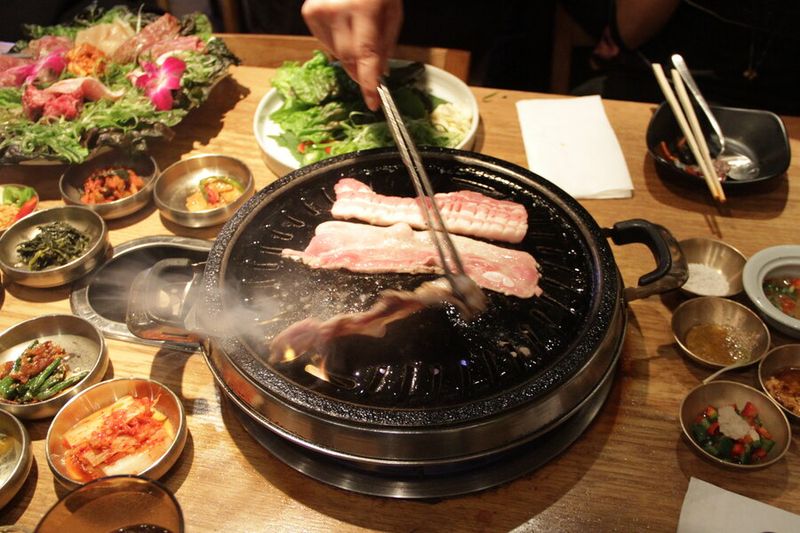
Leave a comment